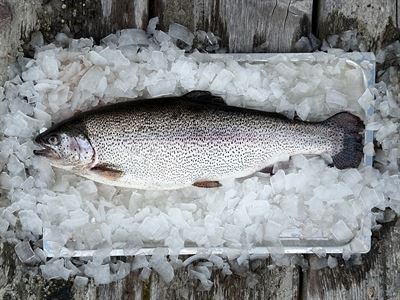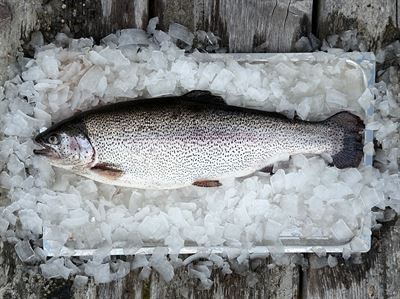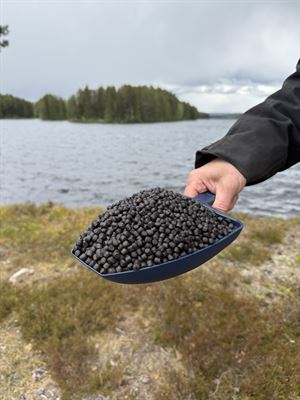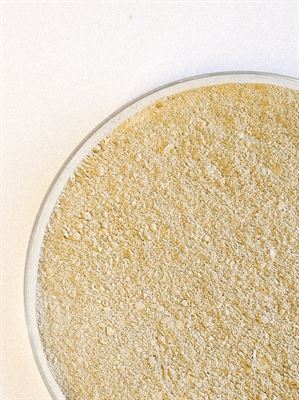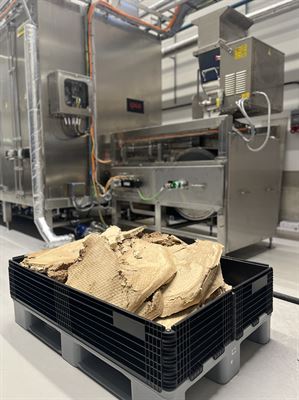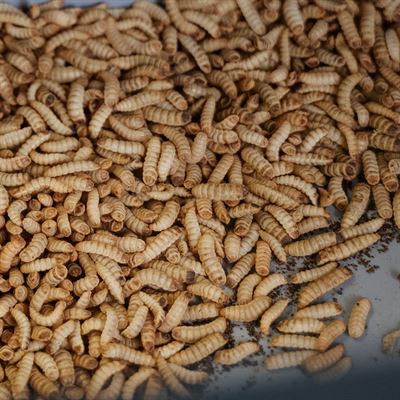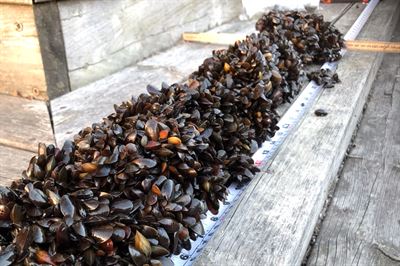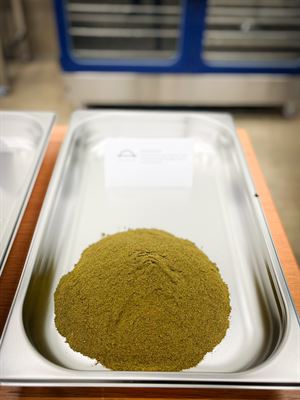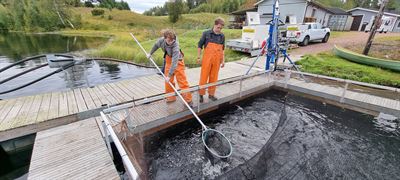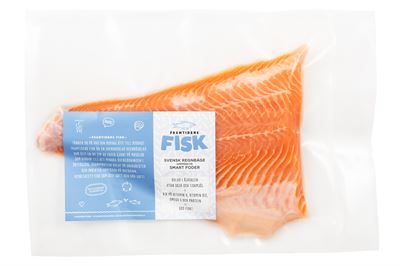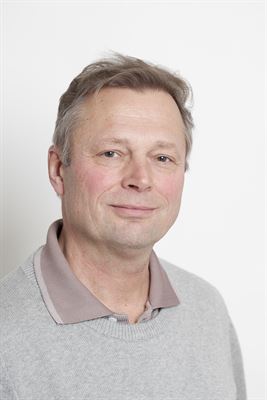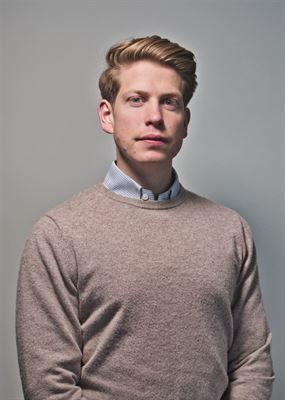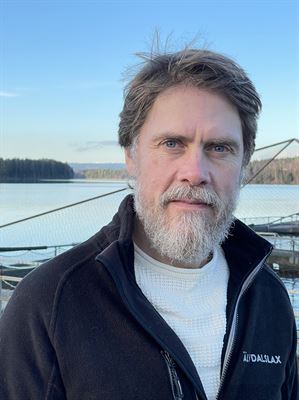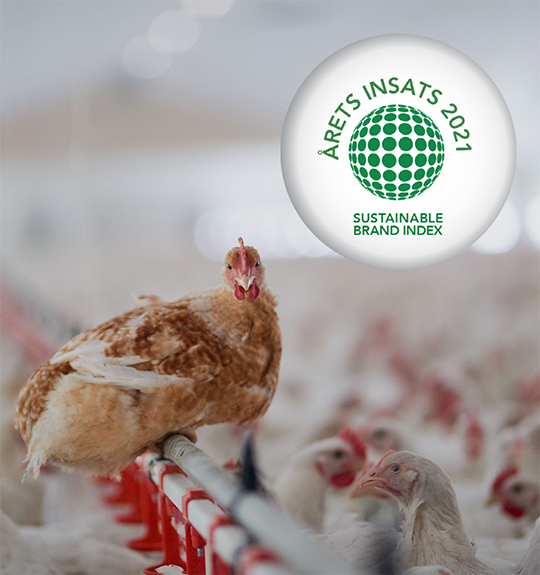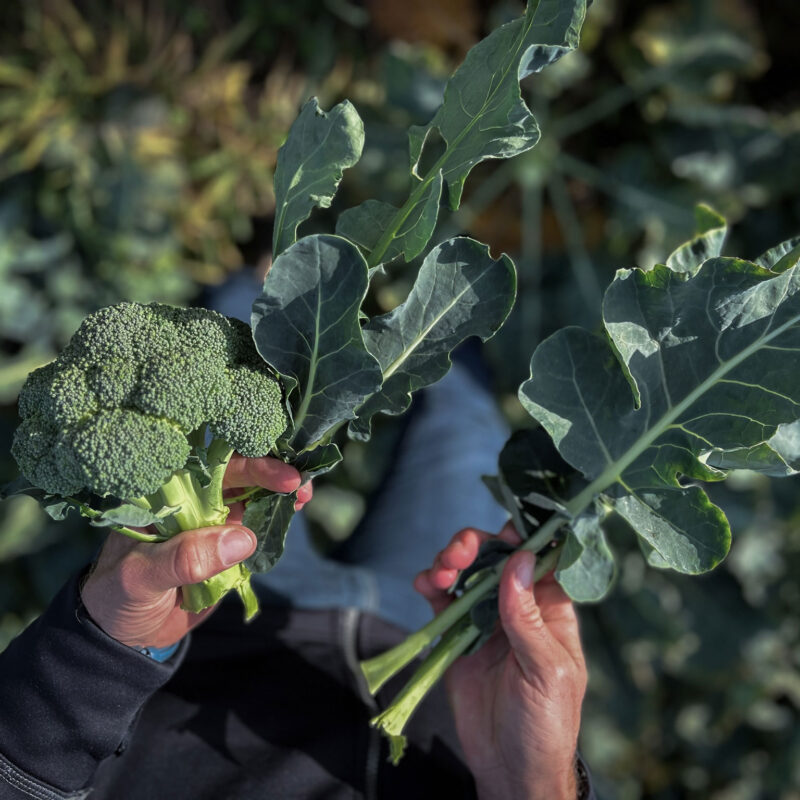World’s First Fish Fed with Mycoprotein – Sweden Leads the Way in Circular Feed
2025.09.10

The fish of the future is already here – raised on residues from forests, oceans, and the food industry instead of imported soy and fishmeal from wild-caught fish.
A Swedish large-scale initiative to develop the feed of the future has replaced soy and fishmeal with mycoprotein, mussels and insects raised on residues from Sweden’s forests, oceans and food industry. This is the first time consumers can buy fish raised on feed containing mycoprotein. Behind the innovation are the Swedish non-profit Axfoundation, the Swedish University of Agricultural Sciences (SLU), and 25 partners across the value chain, from researchers and farmers to feed and food companies.
Feed accounts for the largest share of the climate footprint from pork, poultry, eggs, and farmed fish – up to 92% for farmed rainbow trout. Conventional feed often contains soy and fishmeal made from wild-caught fish, ingredients that drive overfishing and severe biodiversity loss. Now, Swedish researchers and companies demonstrate that smarter, circular alternatives are possible.
“Together we have proven that it is possible to produce feed at industrial scale using Swedish side streams, reducing environmental impact and strengthening national food security, without compromising animal health or taste. This is the beginning of a major transition,” says Christian Sjöland at Axfoundation, Project Manager for The Feed of the Future for Fish, Pigs, Poultry and Laying hens.
The rainbow trout now on the market from Swedish fish farm Älvdalslax is the world’s first fish raised on feed with mycoprotein. The feed also includes insects that turn food waste into protein and mussels that reduce eutrophication in the Baltic Sea. Together, these ingredients replace soy and fishmeal and create a circular feed with protein ingredients that have lower climate impact, less land use, and ease the pressure on biodiversity.
The feed innovation stems from the Swedish project The Feed of the Future for Fish, Pigs, Poultry and Laying hens aiming to reduce both resource waste and environmental impact from feed production. The three protein ingredients are currently being evaluated in aquaculture in Älvdalen, Sweden, and will also be tested in pig, chicken, and egg production across Sweden during 2025–2026.
“Circular feed solutions for farmed fish perform just as well as conventional feeds. The feed contains ingredients more natural for fish to eat, which benefits fish health, the environment, and the quality of the final product. The hope is to see equally good results for pigs and poultry,” says Anders Kiessling, Professor of Aquaculture at the Swedish University of Agricultural Sciences.
Sensory tests conducted at the School of Hospitality, Culinary Arts and Meal Science at Campus Grythyttan (Örebro University, Sweden) show that the fish matches the quality of conventionally fed fish. Growth performance is equally strong, giving fish farmers both new business opportunities and a chance to drive the transition.
“From a taste perspective we are very satisfied and customer demand is already strong. As fish farmers, it is meaningful to contribute to a solution that works for both us and the environment,” says Anders Beronius, CEO of Älvdalslax.
Starting September 2025, the product “Framtidens Fisk” (“Fish of the Future”) will be available to consumers through selected Swedish retailers including Hemköp and Urban Deli, as well as to food service through distributor Fiskhallen Sorunda. Products from pigs, poultry and laying hens fed with the new circular feed are expected to reach Swedish plates during 2025/2026.
About the Project
The project The Feed of the Future for Fish, Pigs, Poultry and Laying hens is run by Axfoundation (a Swedish independent non-profit working for sustainable development) and the Swedish University of Agricultural Sciences (SLU), together with 25 partners across the food value chain. The initiative scales up earlier pilot trials with insect-based feed for fish to now include additional animal species and new protein sources at industrial scale. Project partners include: Axfood, Boden Municipality, Cirkulär (mycoprotein production), Ecopelag EF (mussel meal production), Ecoloop, Fiskhallen Sorunda, Grönsakshallen Sorunda, Hemköp, Kötthallen Sorunda, Lantmännen (Swedish agricultural cooperative), Martin & Servera, NovaPro, Plant Protein Production, Ragn-Sells (waste management and recycling company with an insect protein facility in Sweden), School of Hospitality, Culinary Arts and Meal Science Örebro University on Campus Grythyttan, RISE Processum, Seaqure Labs, Stjärnägg, Svenska Foder, Urban Deli, Varva, Viking Fågel, and Älvdalslax. The project is co-funded by Vinnova, Sweden’s innovation agency.
Facts & Figures – What We and the Animals Eat
- The global food system accounts for roughly one-third of greenhouse gas emissions and is the leading driver of biodiversity loss (WWF).
- Feed represents more than 90% of the climate footprint from farmed rainbow trout. In Sweden, feed accounts for 54% of pork’s footprint, 75% for chicken, and 80% for eggs (RISE, MISTRA, Greppa).
- Around half of the World’s (and Sweden’s) farmland is used to grow animal feed (Our World in Data, Royal Swedish Academy of Agriculture and Forestry).
- 1.3 million tons of food waste are generated annually in Sweden by producers, retailers, restaurants, and households. Much of this could be transformed into insect-based feed protein instead of being used for biogas, fertilizer, heat, or electricity (The Swedish Environmental Protection Agency).
- 78% of fish from Swedish marine fisheries is not used for direct human consumption but for animal feed (Swedish Institute for the Marine Environment). Globally, 19 % of all wild-caught fish goes to fishmeal and fish oil production (FAO, The State of World Fisheries and Aquaculture 2020).
- Soy is a common feed ingredient, typically grown in large-scale monocultures with negative biodiversity impacts and heavy pesticide use. The soy used in Swedish feed today is certified (RTRS) (WWF, Swedish Society for Nature Conservation).
More information about the feed of the future at axfoundation.se:
Press Contacts
- Linda Andersson, Head of Communications, Axfoundation
, +46 (0)730–87 15 70 - Christian Sjöland, Project Manager at Axfoundation for The Feed of the Future for Fish, Pigs, Poultry and Laying hens,
, +46 (0)76–119 16 35 - Anders Kiessling, Professor of Aquaculture, Swedish University of Agricultural Sciences (SLU),
, +46 (0)70–391 93 99 - Anders Beronius, CEO, Älvdalslax,
, +46 (0)703–352 35
